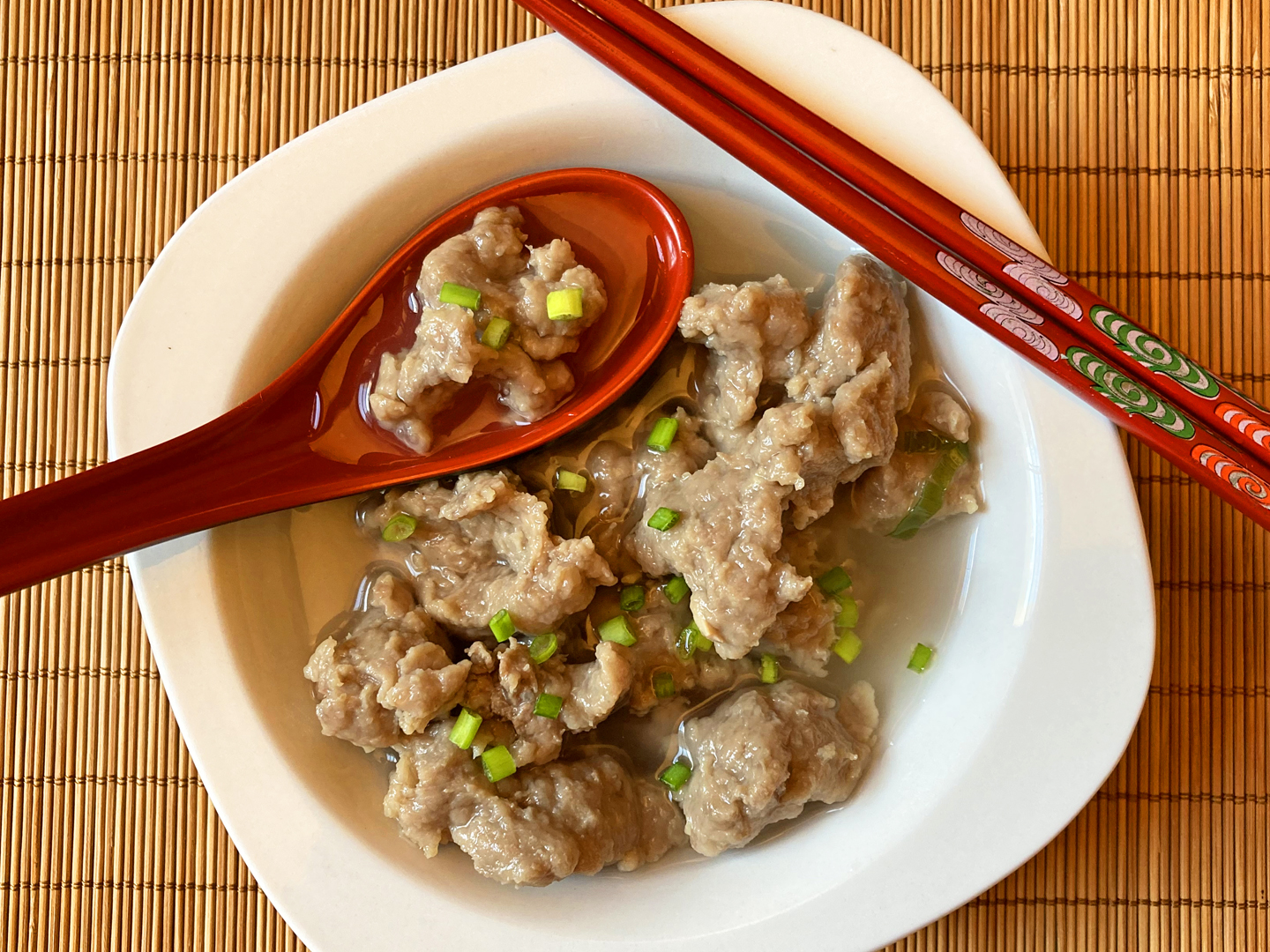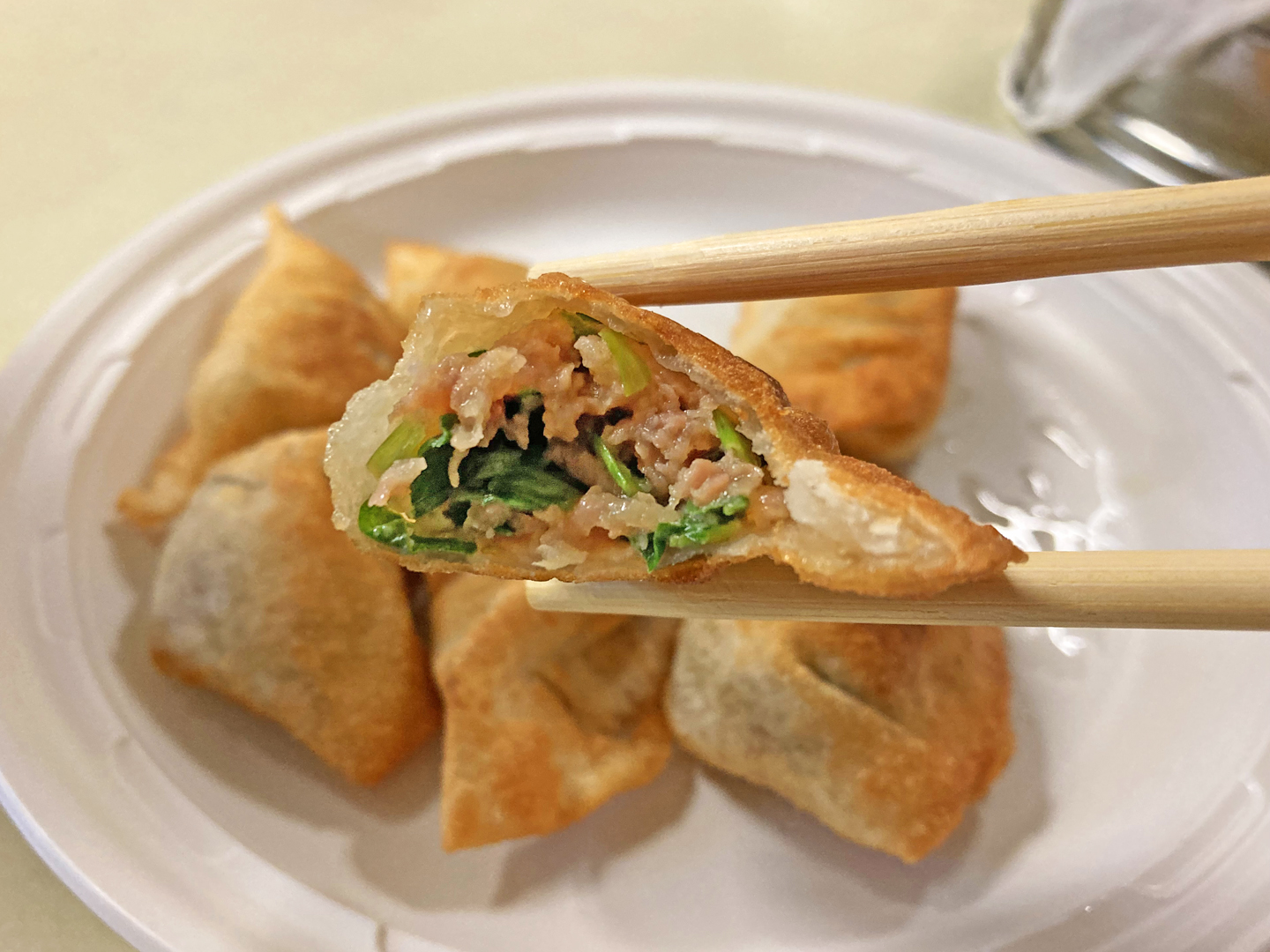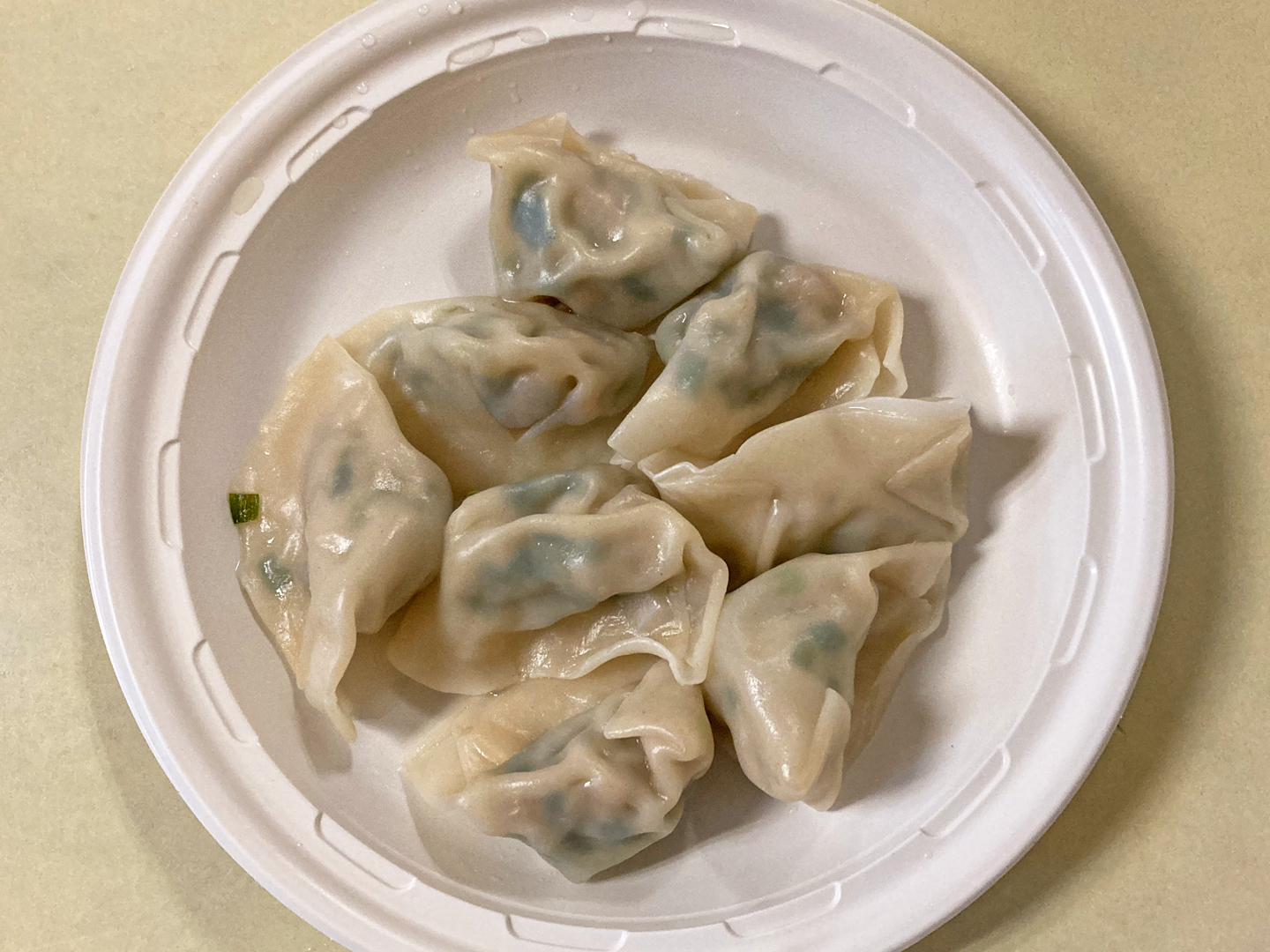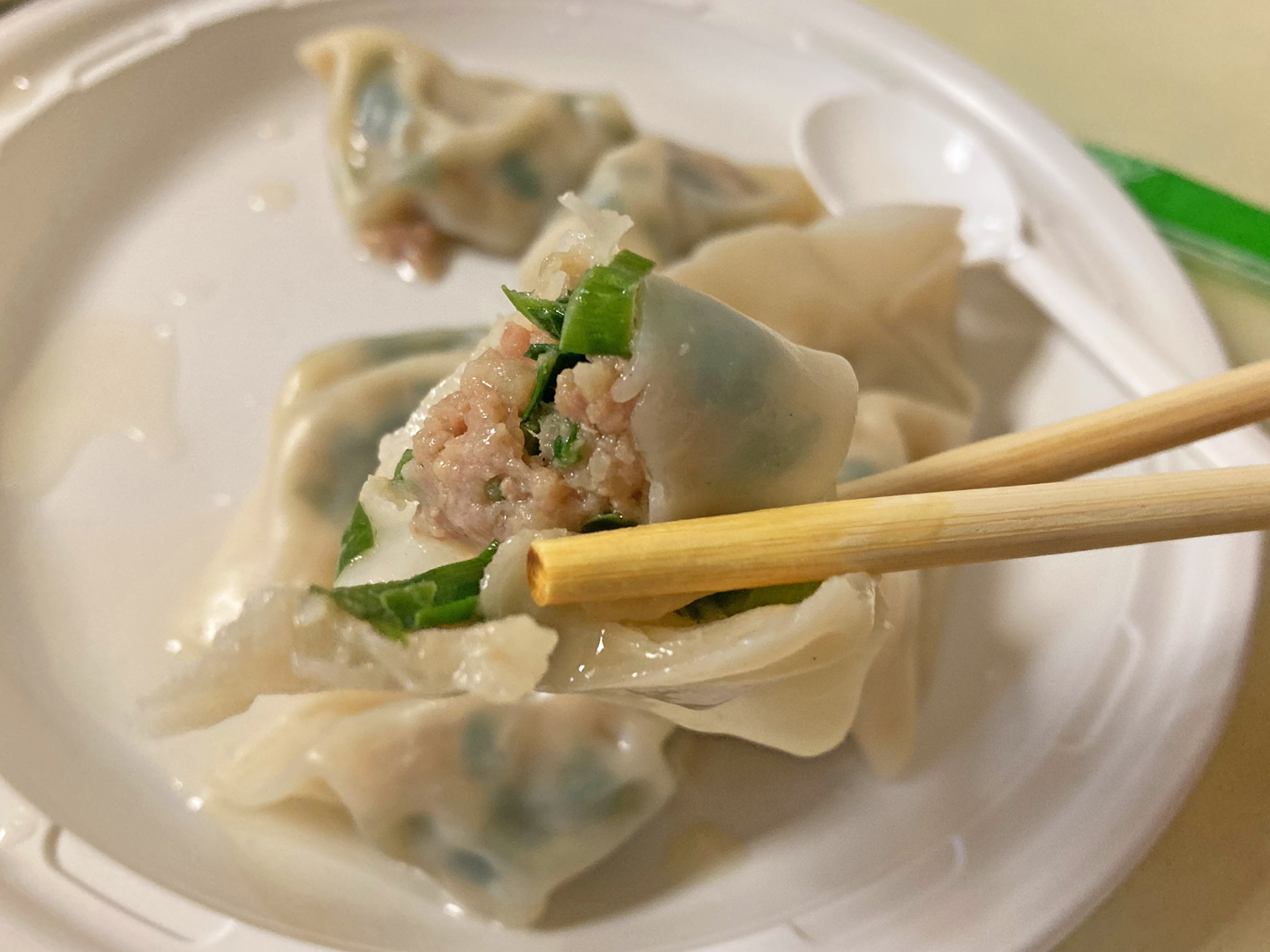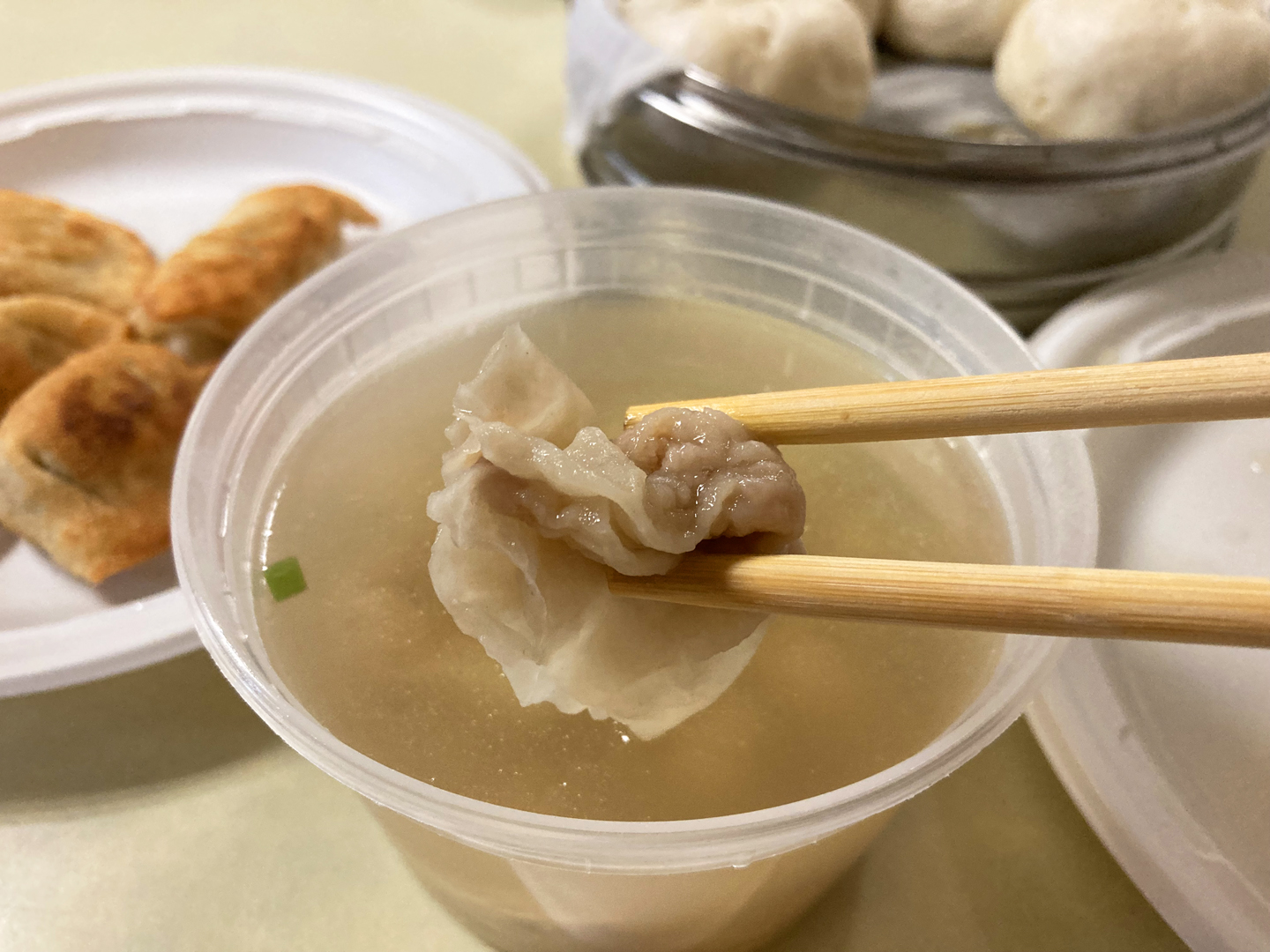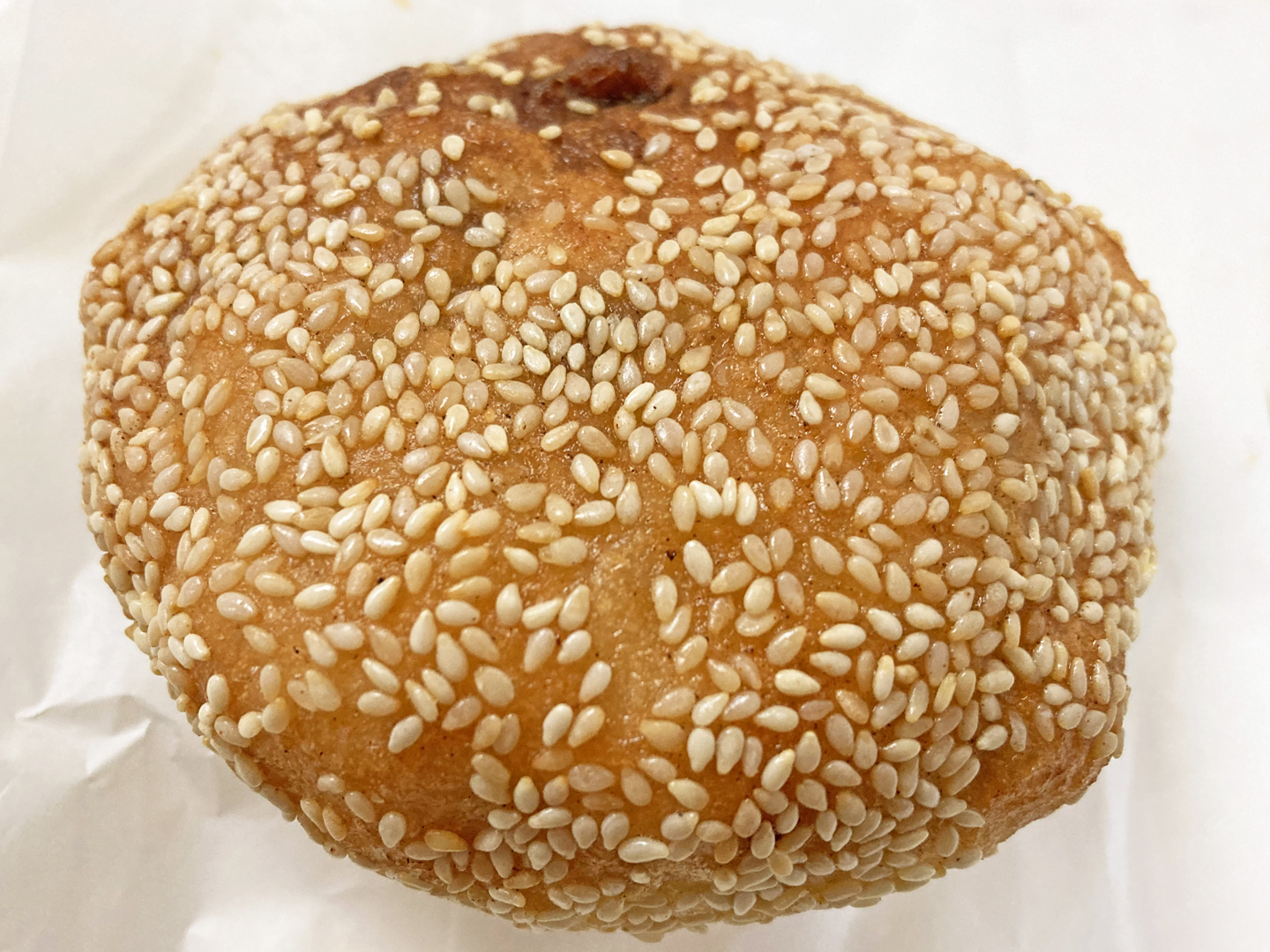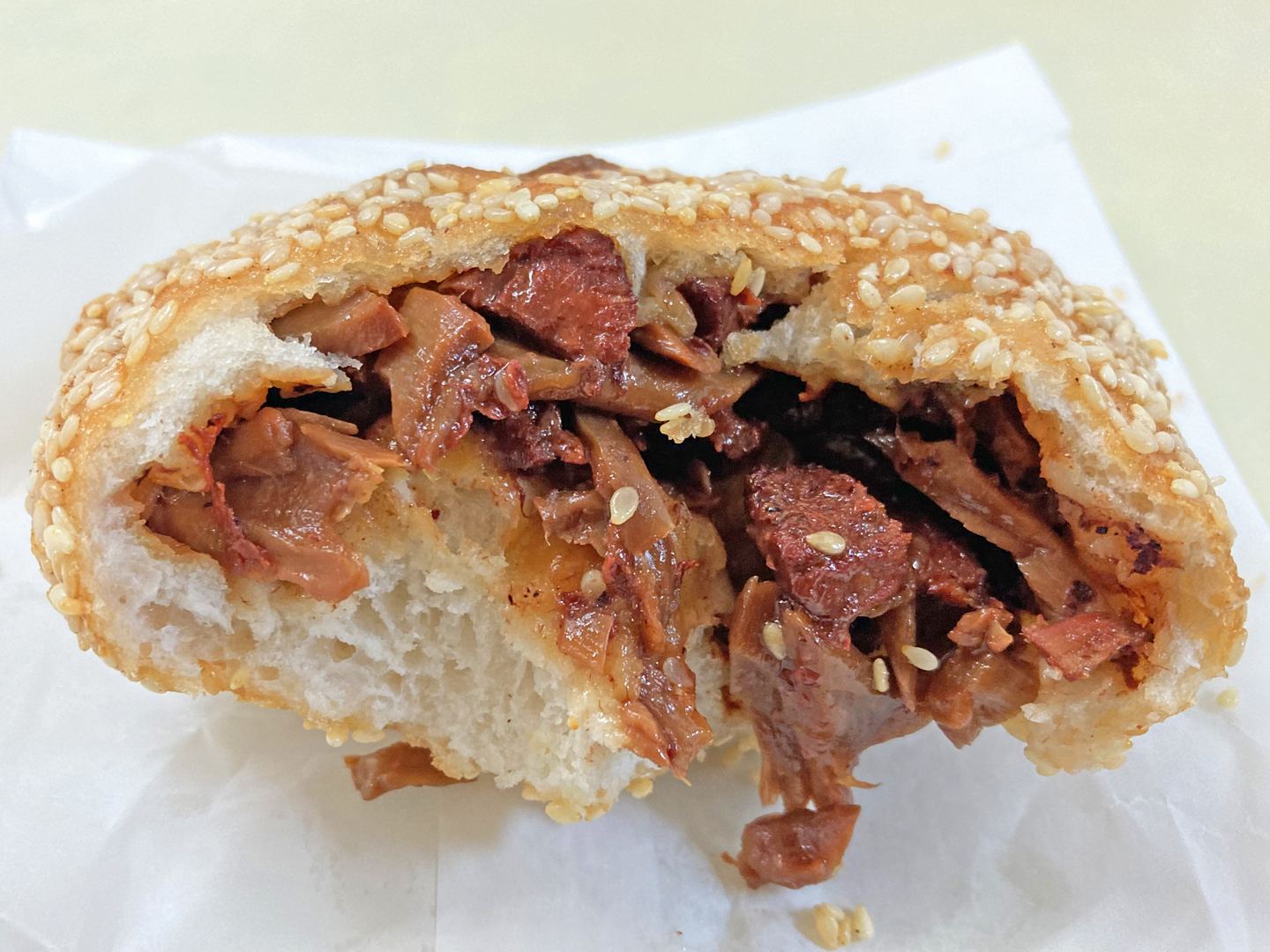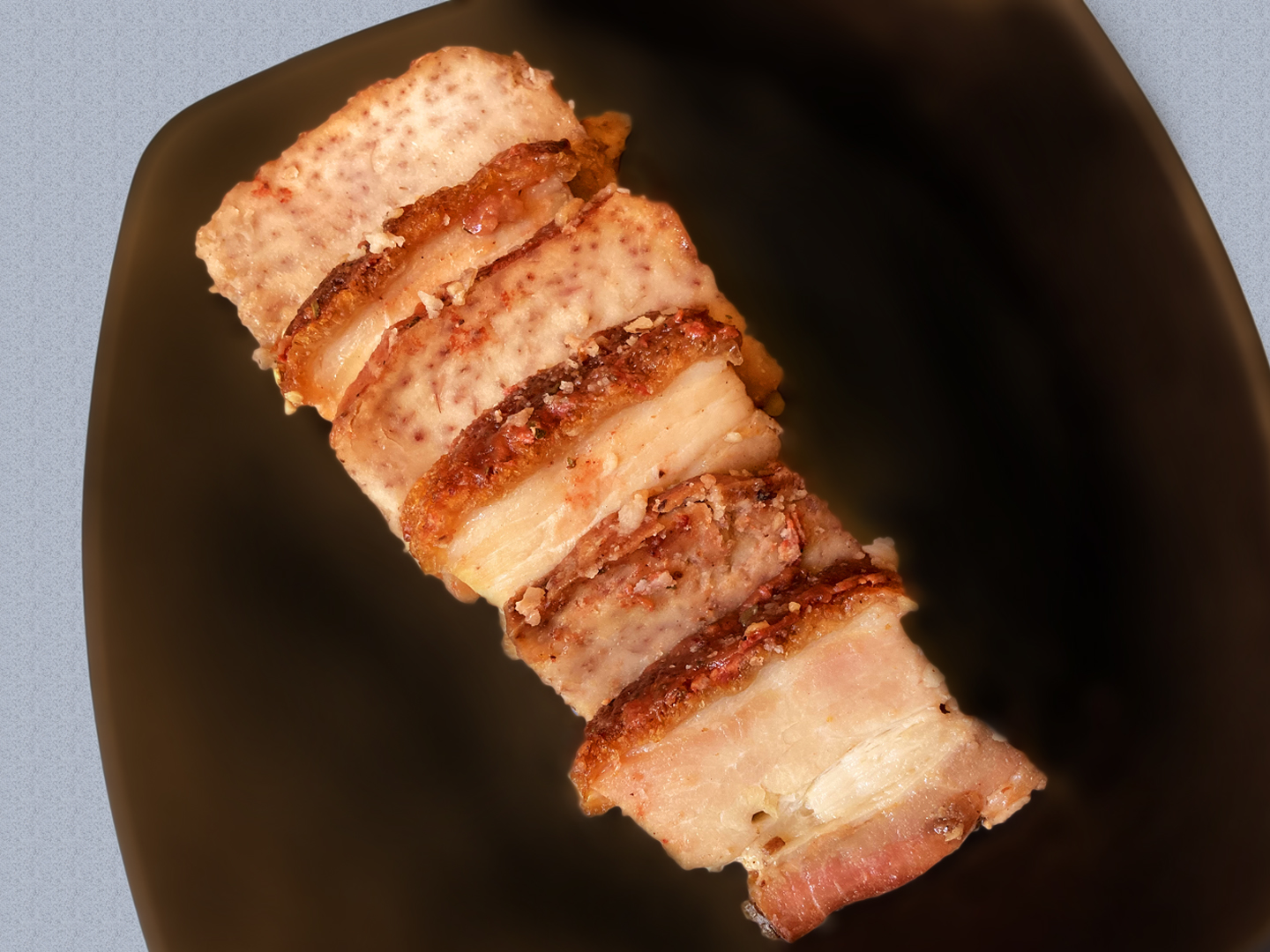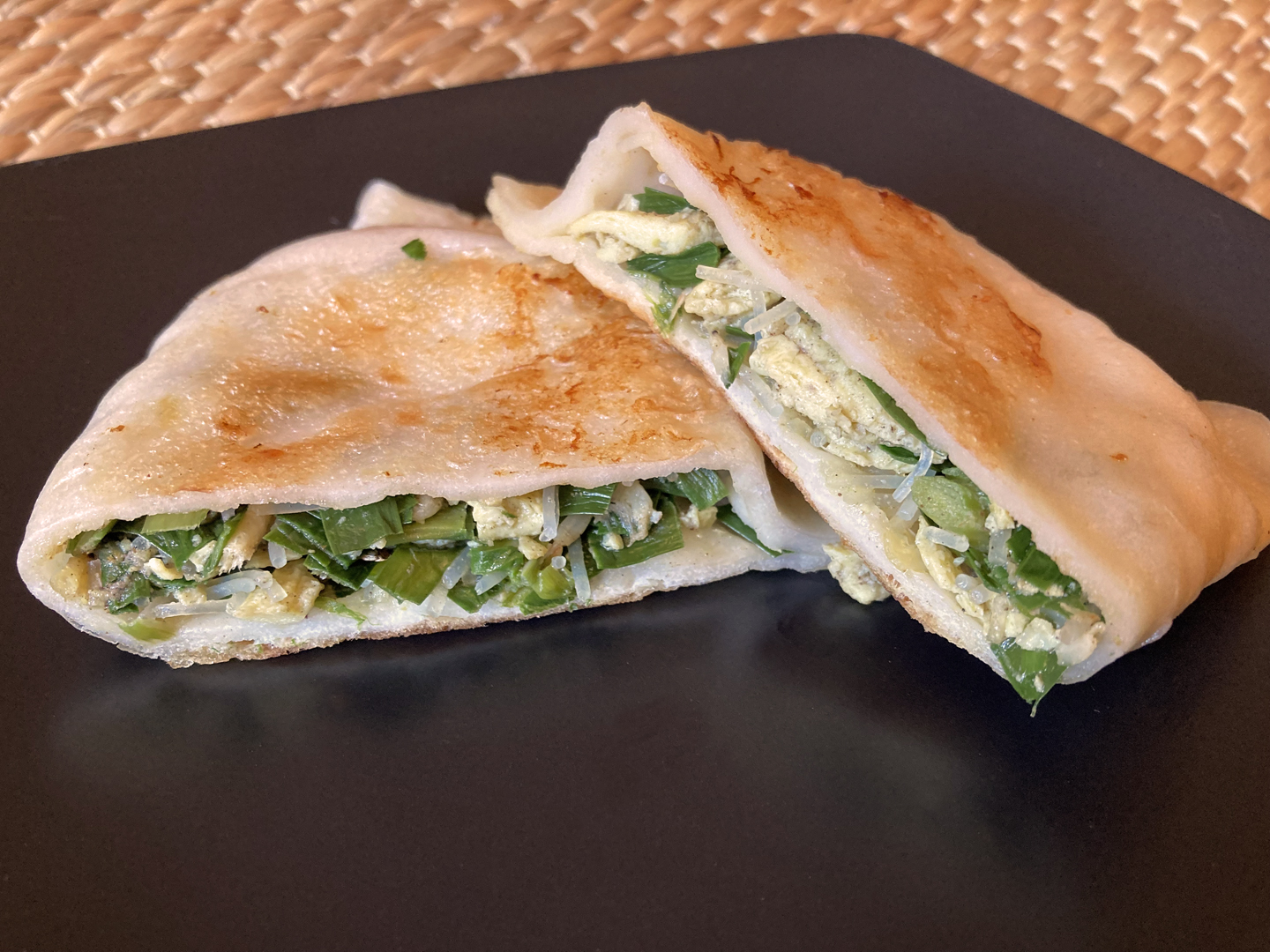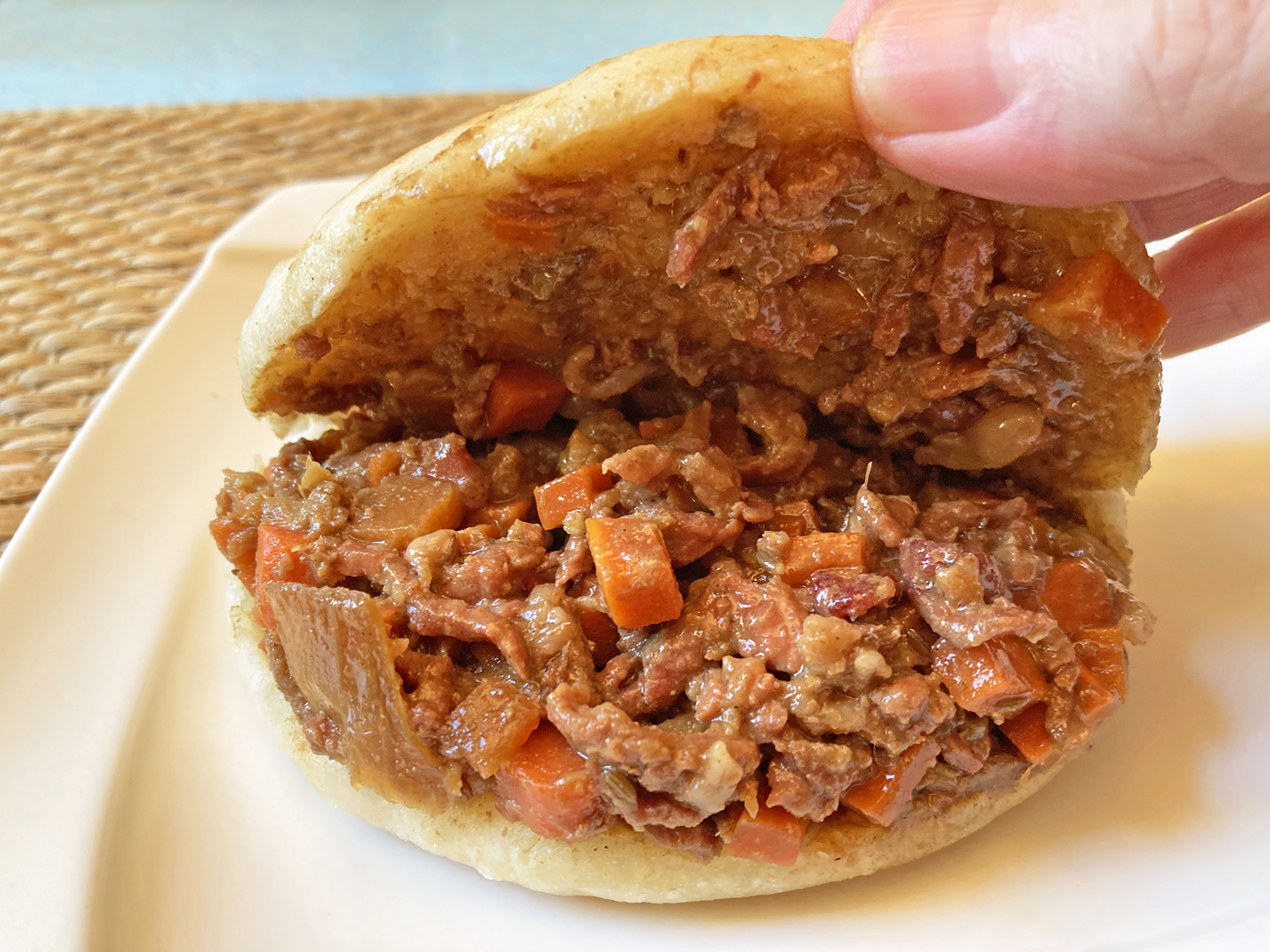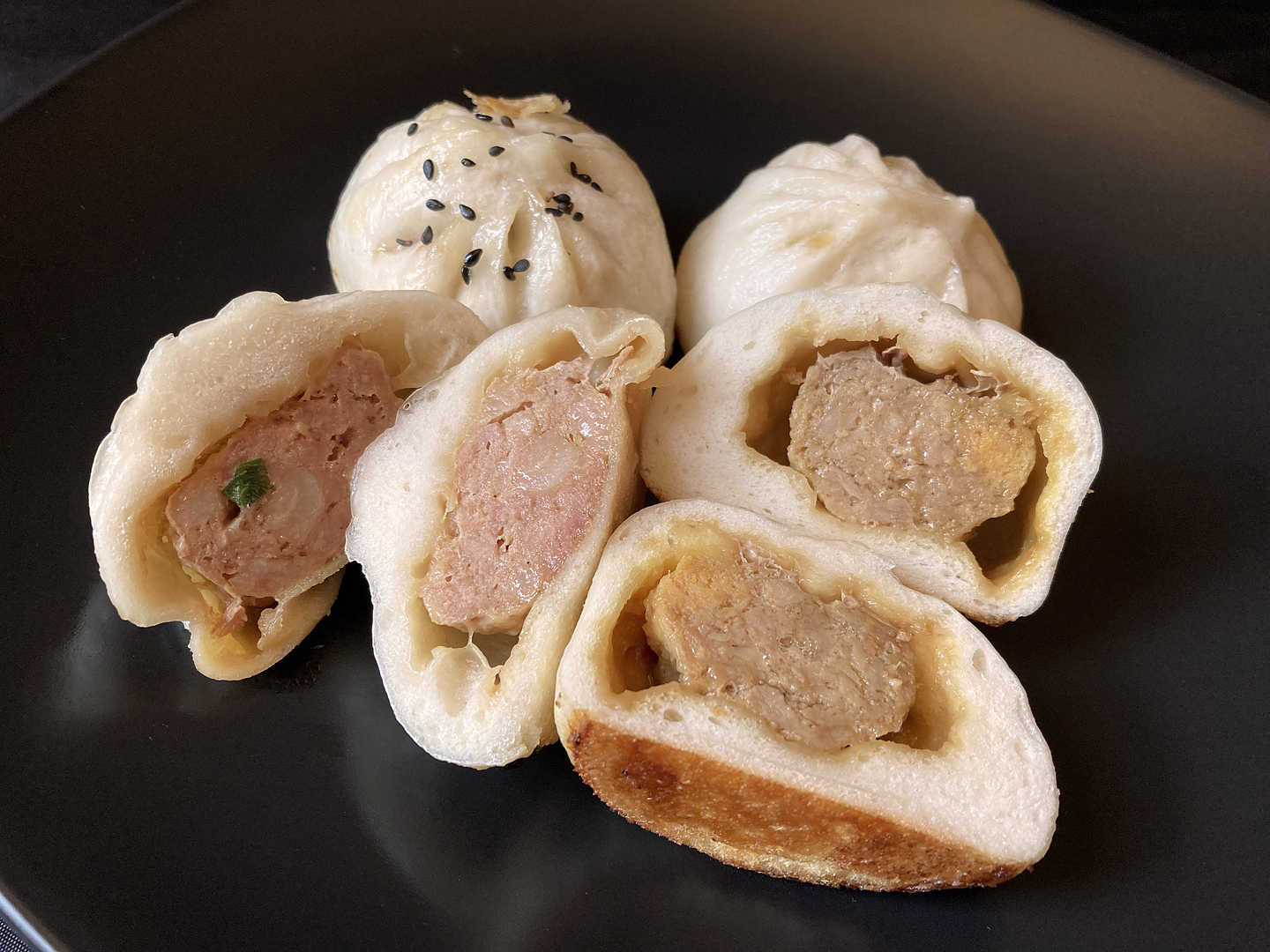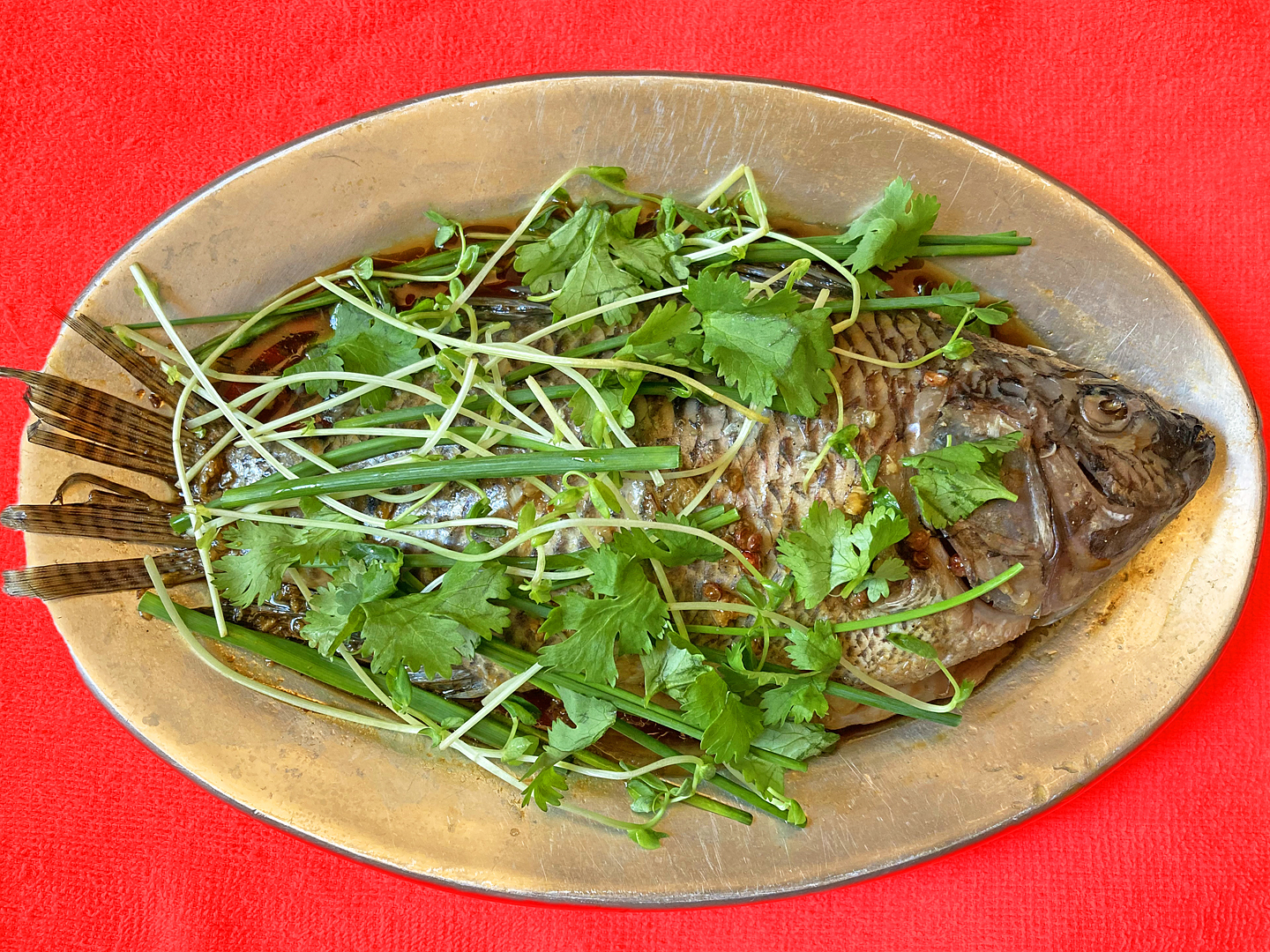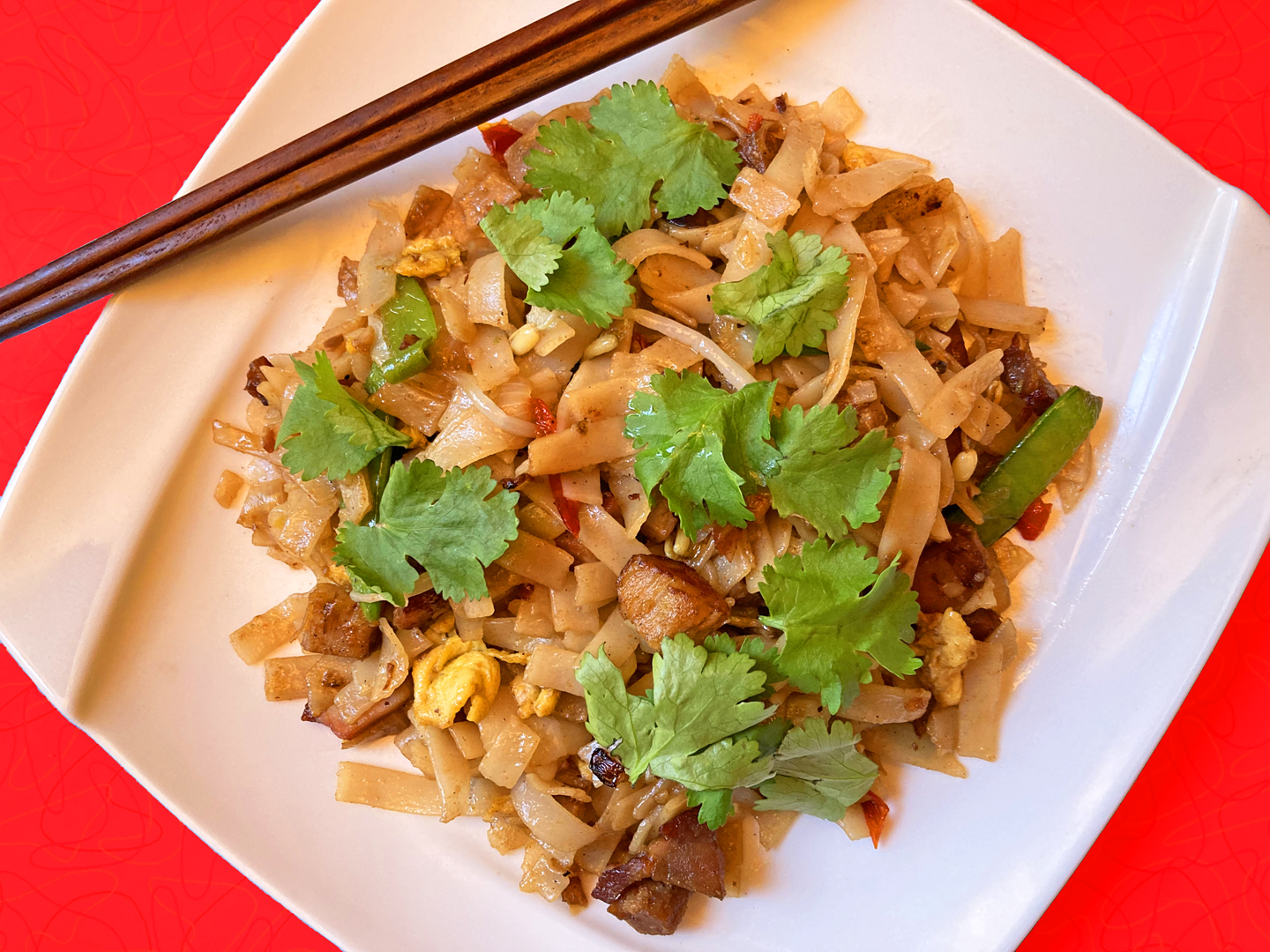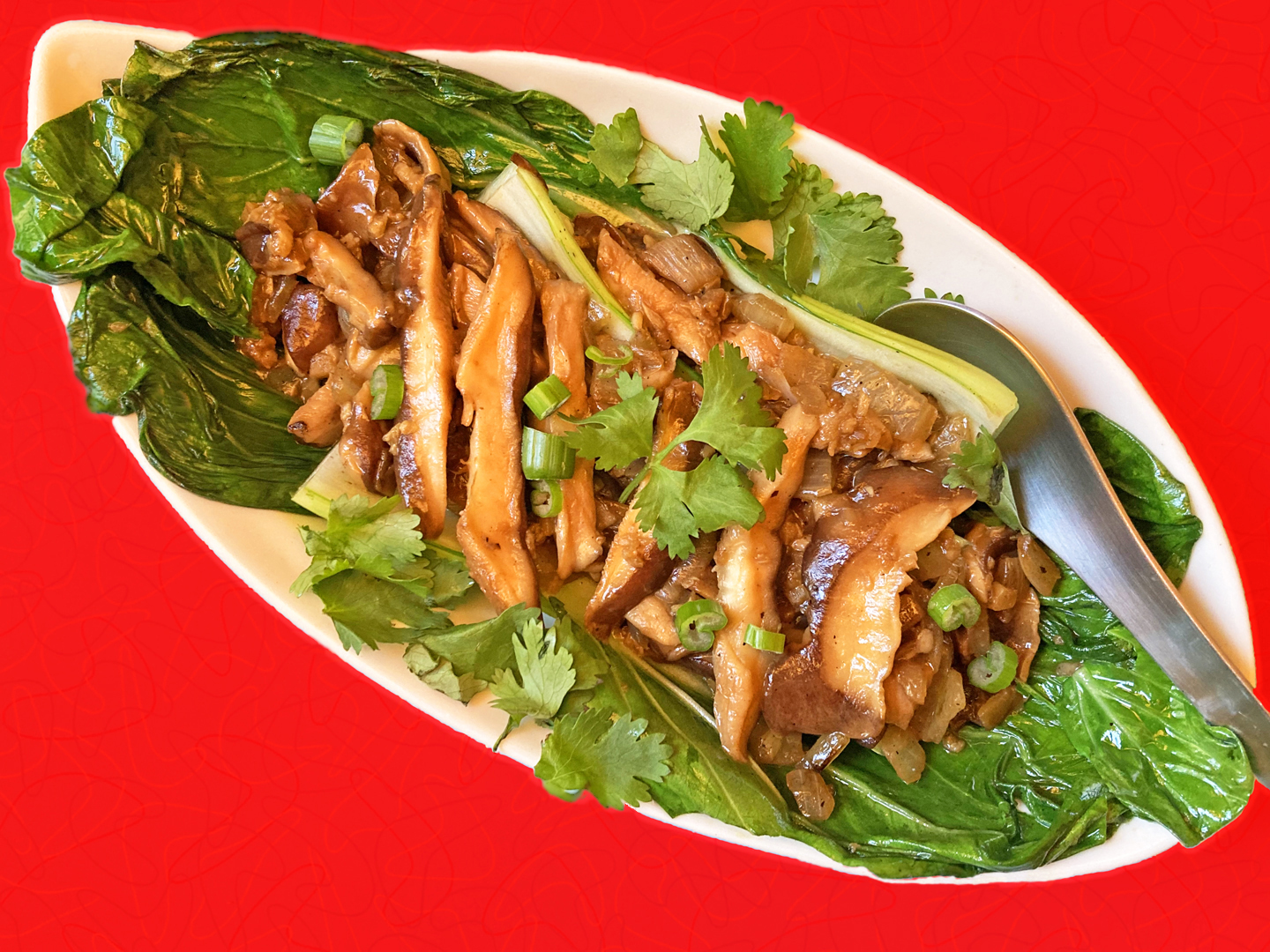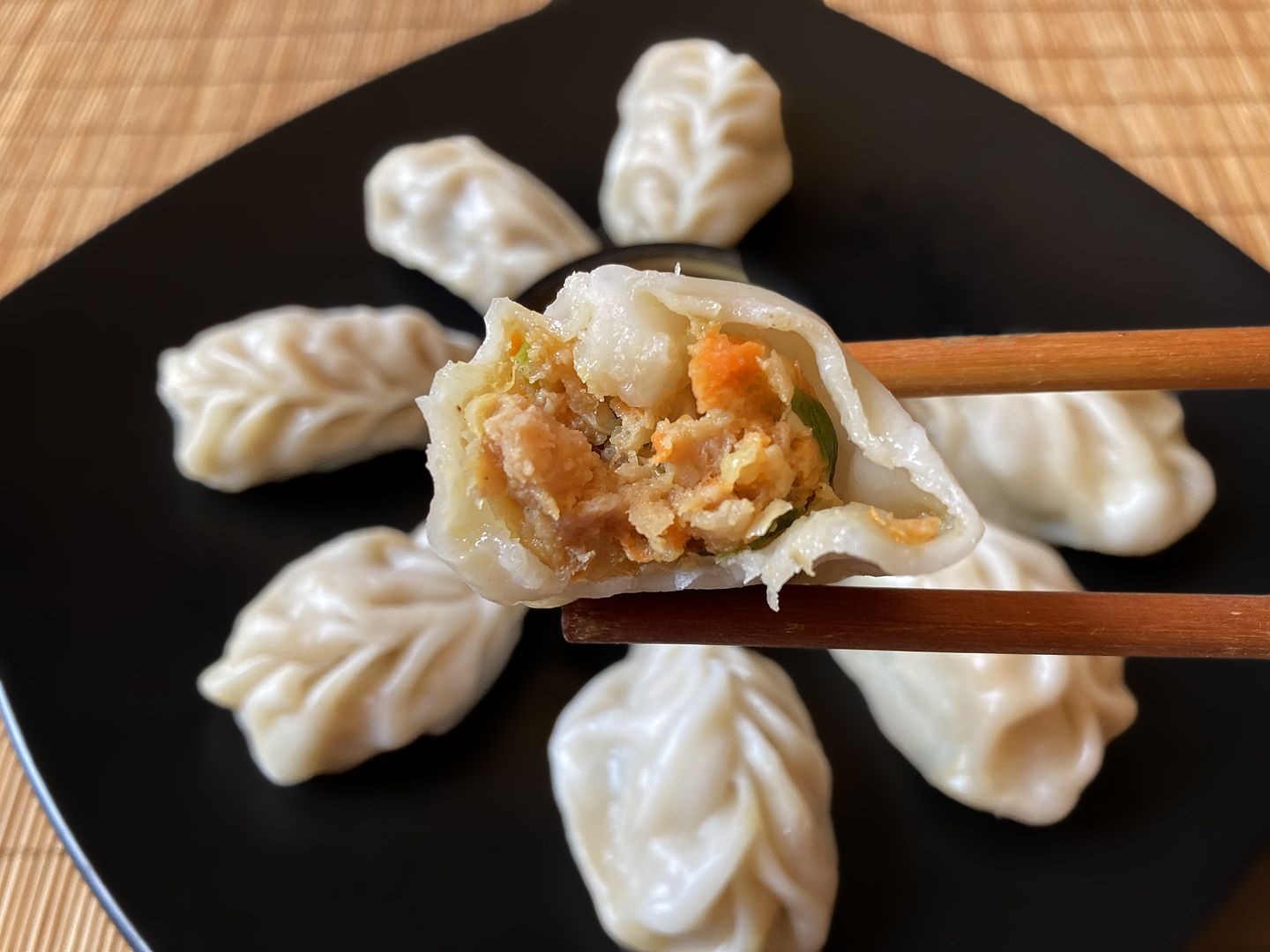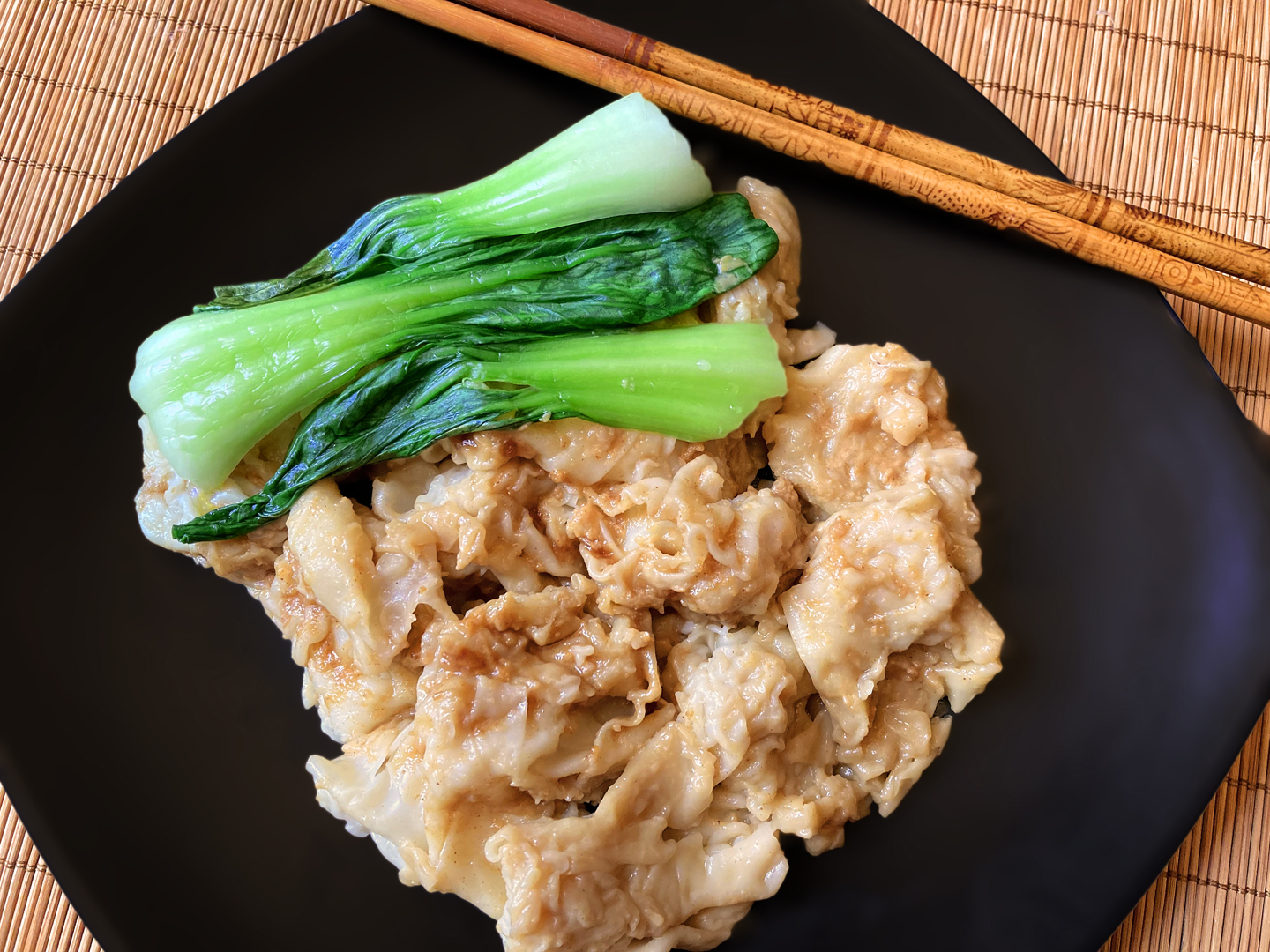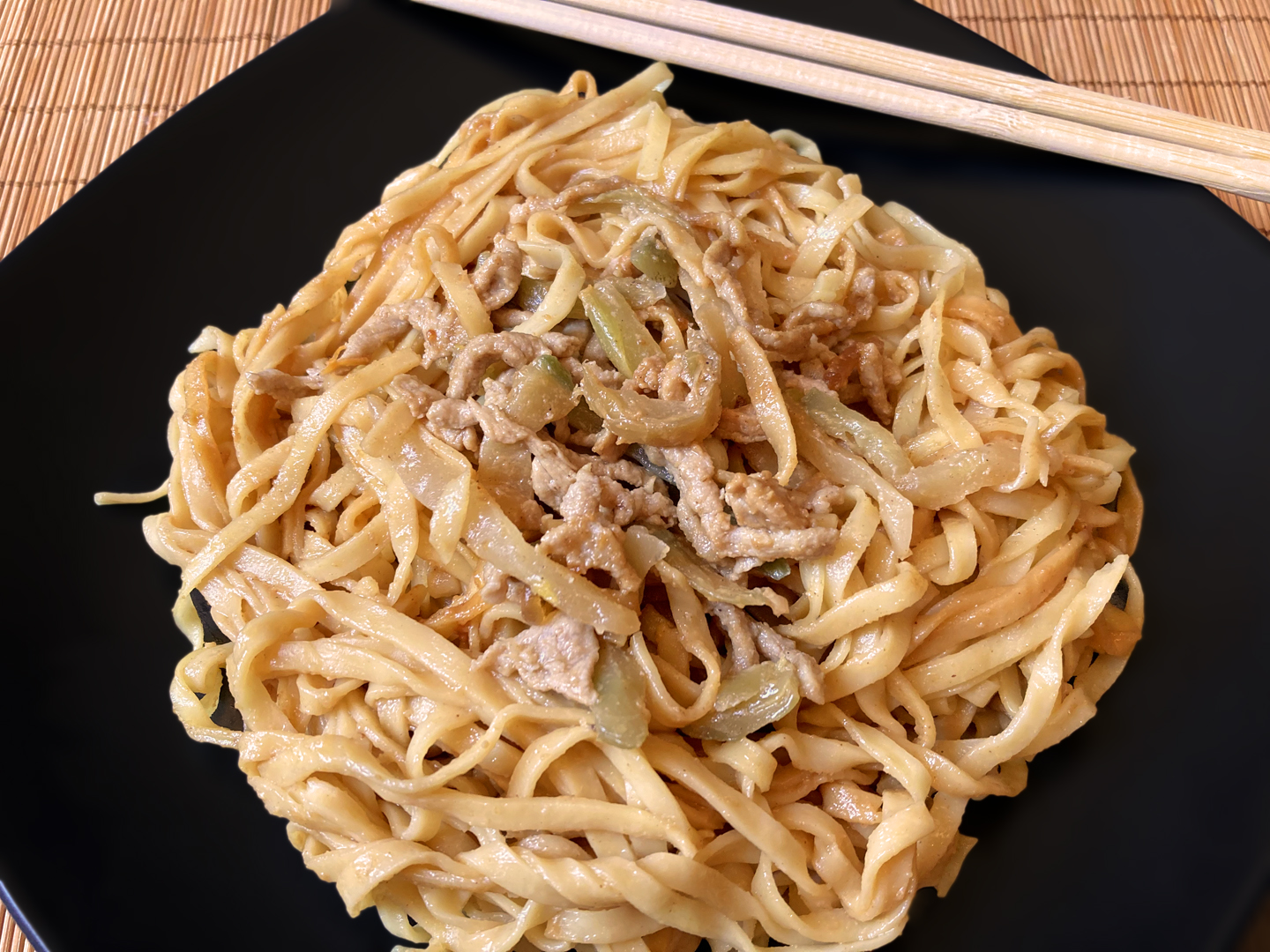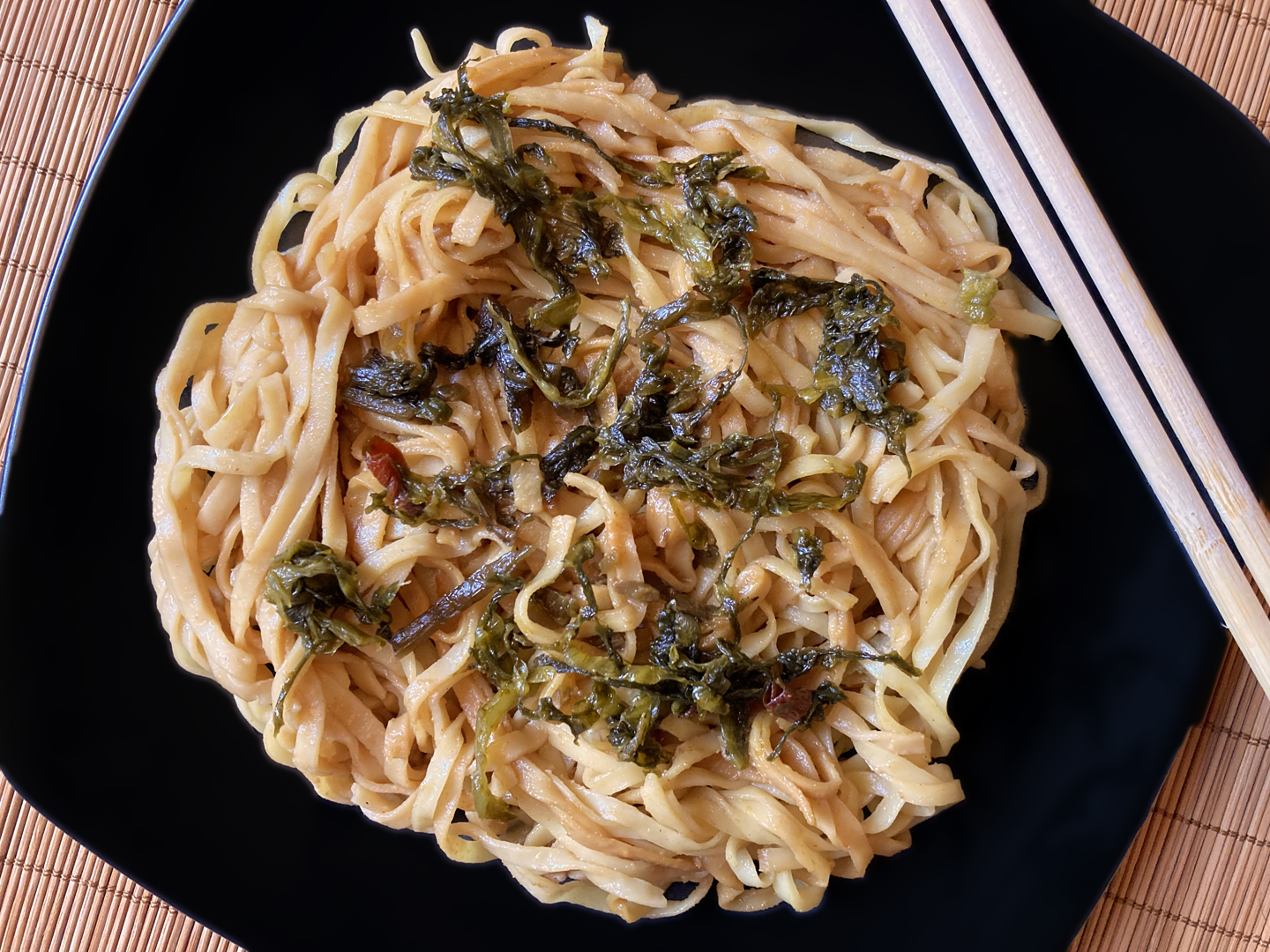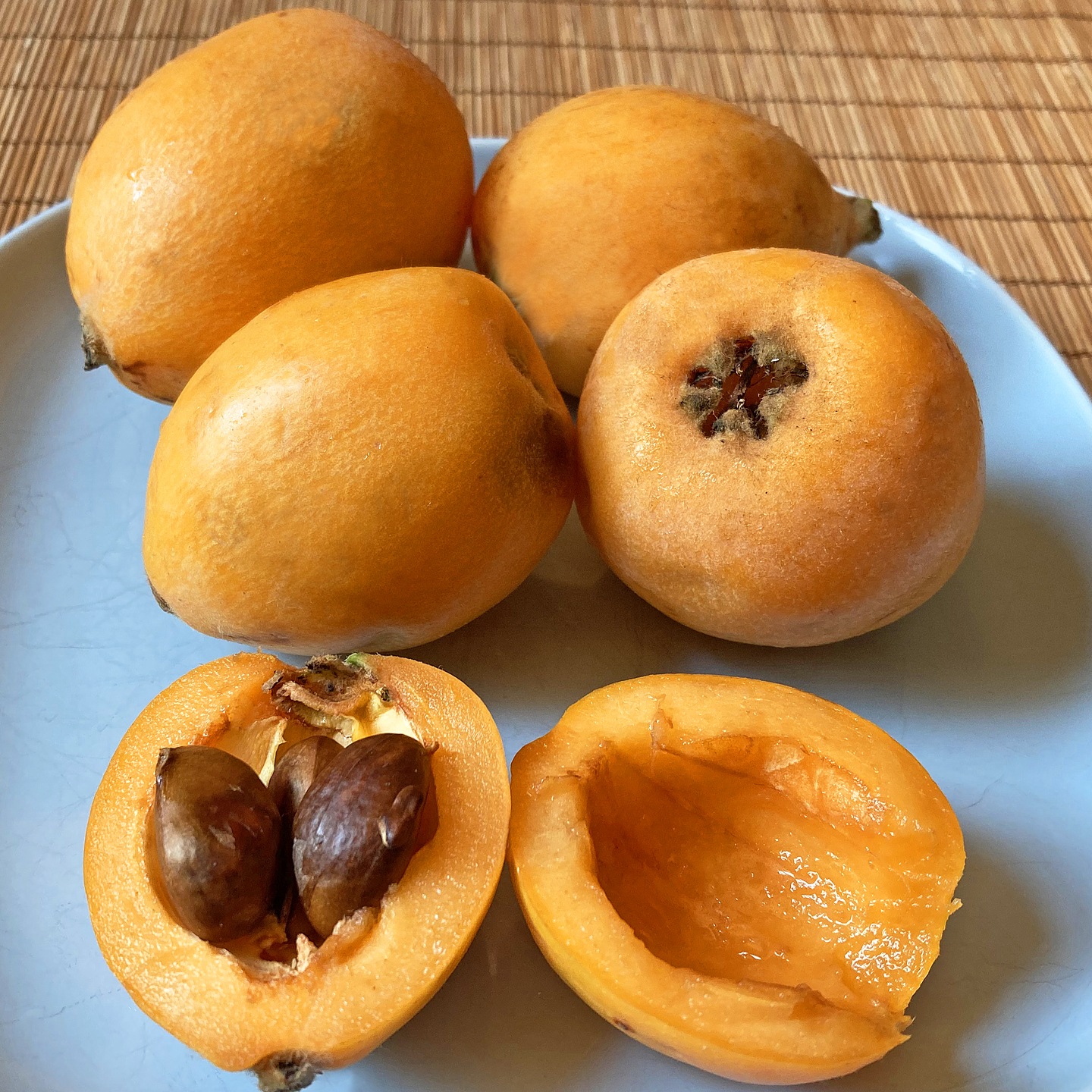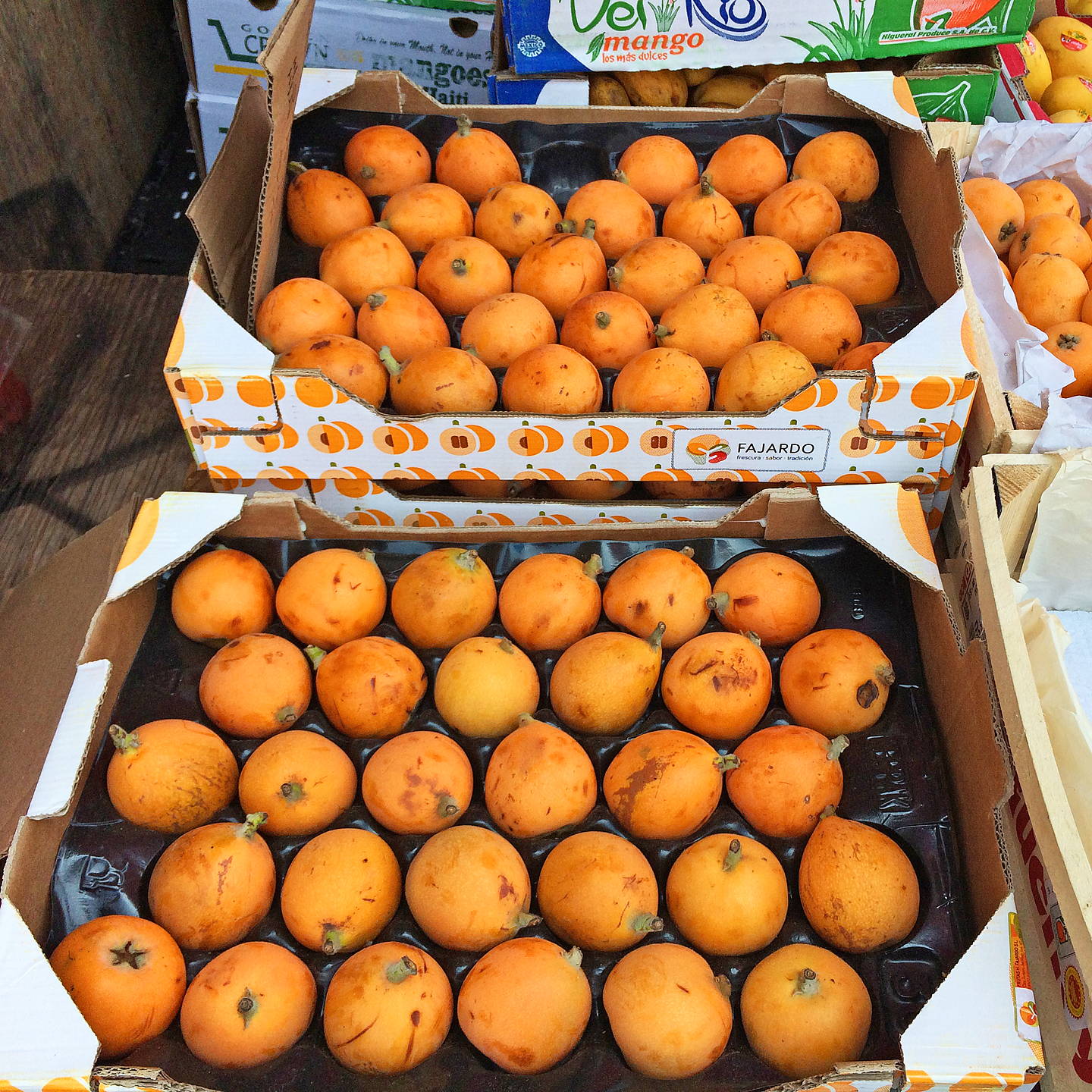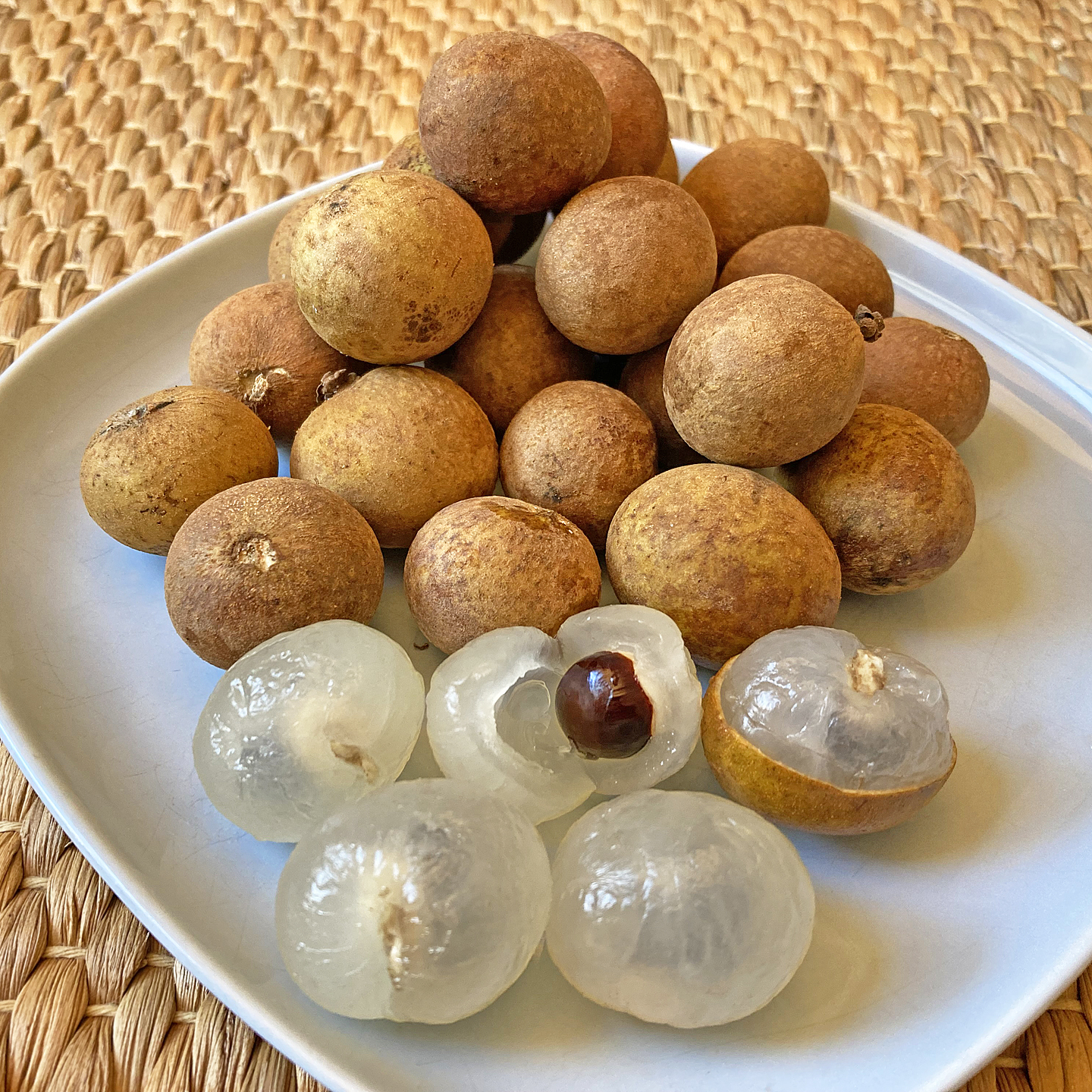(Click on any image to view it in high resolution.)
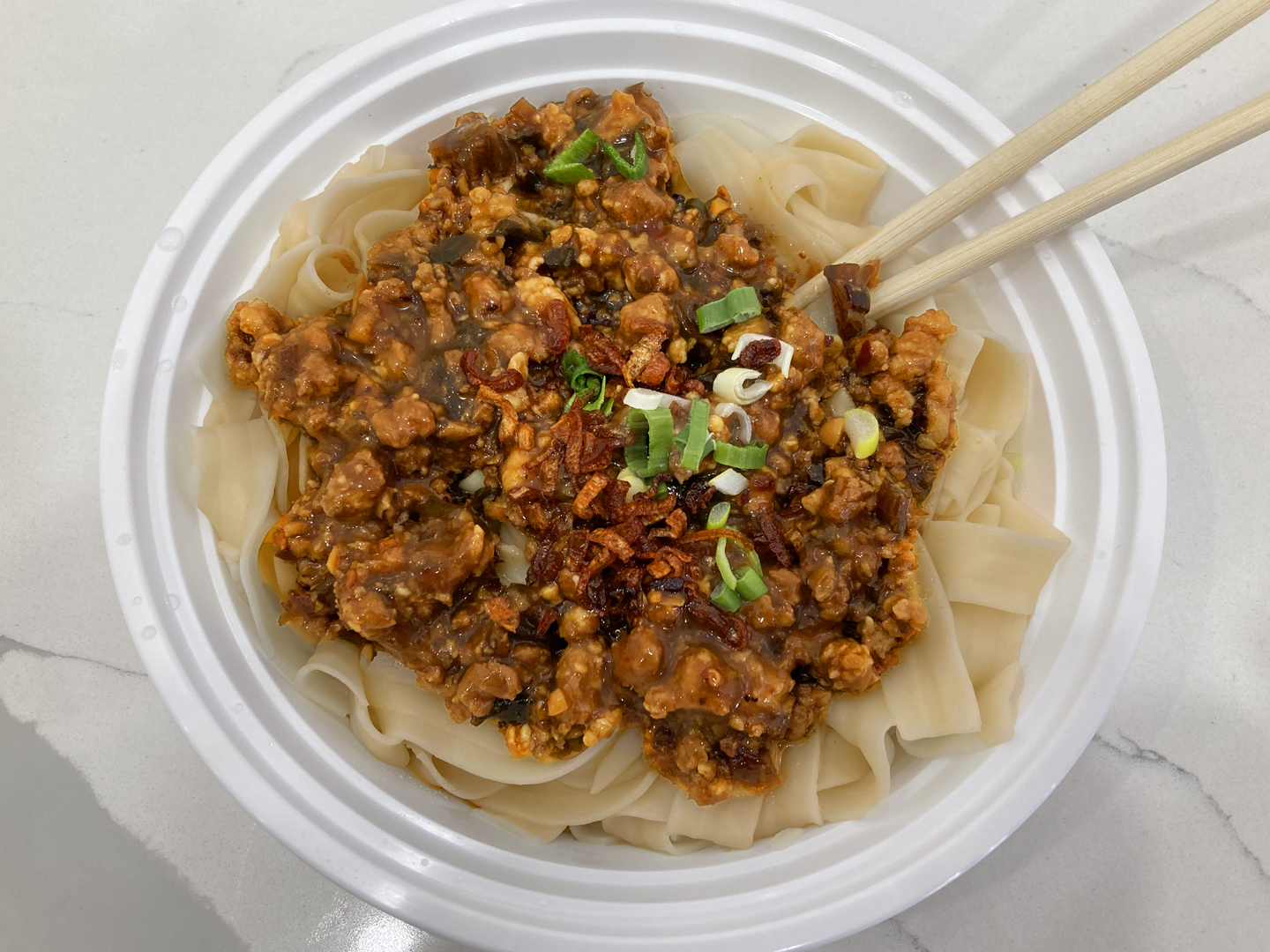
A couple of posts ago I did a shout-out to Pinklady Cheese Tart at 11 Mott St in Manhattan’s Chinatown. Literally across the street (and I mean “literally” literally) at 12 Mott, you’ll find Fok Noodles Express, the newest incarnation of the E Noodle group.
They take the word Express seriously; my order was ready practically before I had a chance to sit down at the counter. They offer a wide assortment of Cantonese handmade dumplings, dim sum and noodles and given the environment, the dish I tried was definitely beyond my expectations.
This is Dan Dan Noods (their spelling) with a nod to Sichuan cuisine: just the right amount of heat in the sauce with skillfully balanced toppings over perfectly cooked noodles. After I try a few (yeah, right!) more items, I might need to add this spot to my “Not Your Ordinary Chinatown Tour” – I’ll keep you posted!
Stay safe, be well, and eat whatever it takes! ❤

